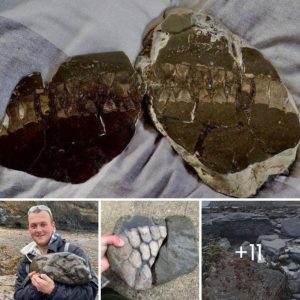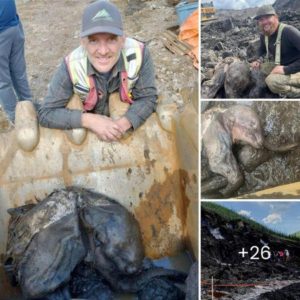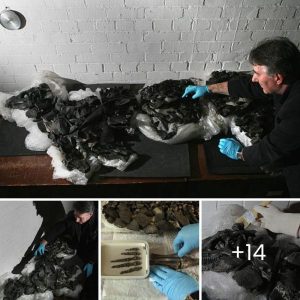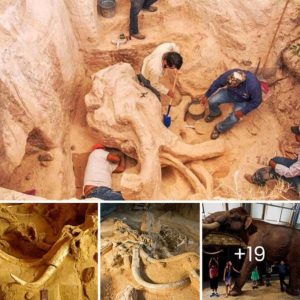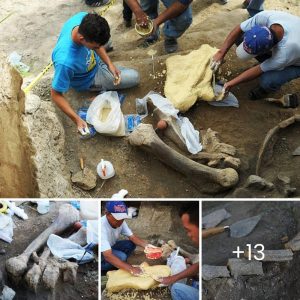Baiae, once a favored destination of ancient Rome’s elite, was a town located on the Bay of Naples in southern Italy.
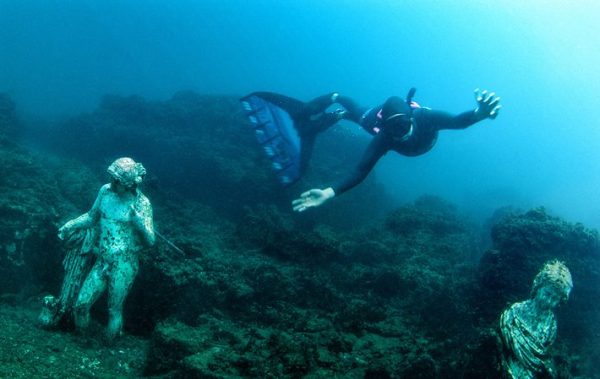
Renowned for its luxurious amenities such as spas, hot springs, and lavish villas overlooking the bay, it served as a preferred haunt for Roman emperors, including Julius Caesar, Nero, and Hadrian, along with other influential citizens.
Unfortunately, the town met partial submersion in the third century AD due to volcanic activity in the region, leaving much of it submerged beneath the sea. Nevertheless, visitors can still immerse themselves in the town’s ancient glory by diving beneath the surface.
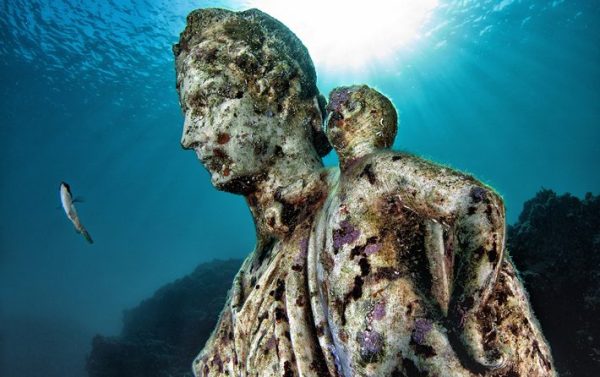
A popular dive site in the area is the Baiae Nymphaeum, a complex of ornate pools and fountains that once served as a gathering place for the town’s elite. Divers can explore the ruins of the nymphaeum, dedicated to the nymphs—ancient deities associated with springs and water.
Among replicas of statues depicting gods, heroes, and members of the imperial family, divers can swim, offering a stunning reminder of the opulence of ancient Roman society.
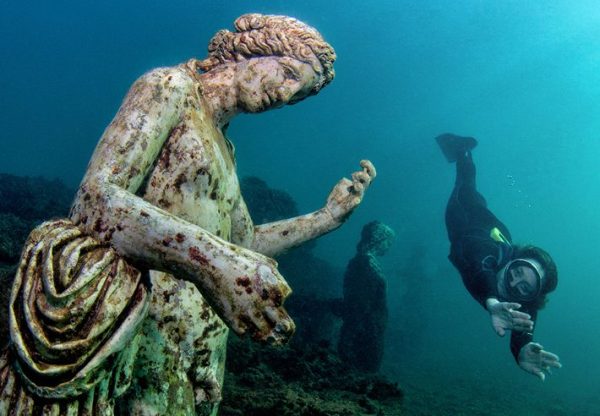
Beyond the nymphaeum, divers can visit other underwater ruins, including the remains of villas once owned by wealthy Romans. These villas boasted elaborate gardens, frescoes, and mosaics, and their submerged ruins stand as a testament to the wealth and sophistication of Baiae’s inhabitants.
The underwater ruins of Baiae provide a captivating glimpse into the past and are a must-see for those interested in ancient history or underwater exploration.
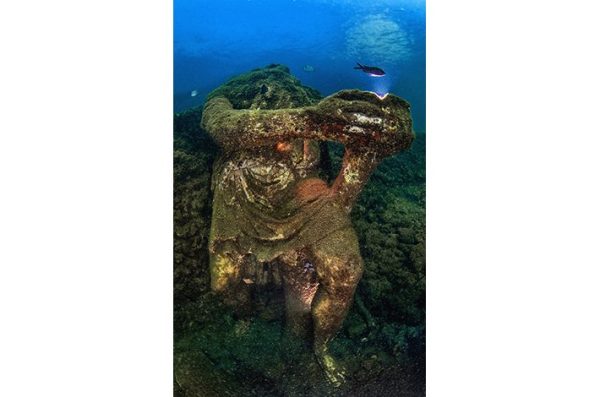
Visitors can experience the same wonder and awe that the town’s residents must have felt as they enjoyed the warm waters of the Bay of Naples, surrounded by opulent villas and ornate fountains.
The ruins of Baiae serve as a testament to the enduring legacy of one of ancient Rome’s most decadent and extravagant towns.

